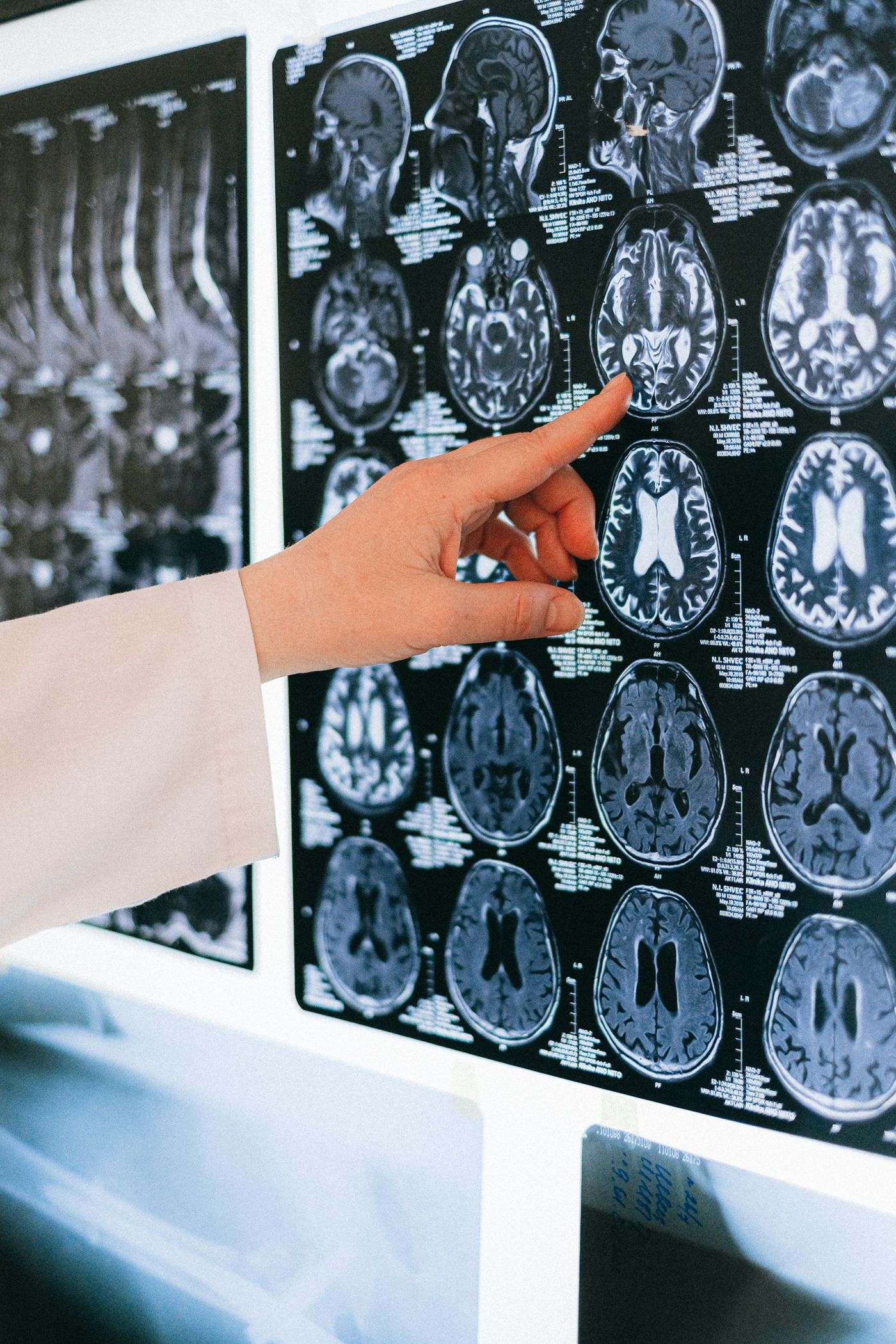ADHD Represented by Differences Across the Whole Brain
The diverse manifestations of ADHD
Identifying aspects at the neuron, region, or network level has offered significant but limited insight into how ADHD manifests as a diverse array of symptoms. Instead of spotlighting a specific brain region or network, a new study in the Journal of Neuroscience follows a new trend in neuroscience: whole-brain analysis.
Attention-deficit hyperactivity disorder (ADHD), a complex neurodevelopmental condition seen in children and adults, doesn't conform to a one-size-fits-all pattern. The spectrum of ADHD symptoms is varied—from difficulties with delayed gratification and excessive fidgeting to impulsivity, careless mistakes, and daydreaming.
Connectome-Based Predictive Modeling
Connectome-based predictive modeling (CPM) emerged as a powerful tool for understanding what distinguishes the brains of individuals with certain conditions. With massive data sets and analysis software freely available, human imaging studies are characterizing the qualities of brains that display everything from early onset psychosis to intelligence. A team led by Professor Michael A. Mooney contributed to the growing trend by deciphering the functional connectivity associated with ADHD.
Polyneuro Risk Scores Define the ADHD Brain
Mooney et al. generated their CPM by employing two large datasets containing resting-state connectivity MRI information from children aged 9 to 10. The outcome of their analysis was what the researcher call a polyneuro risk score (PNRS) for ADHD.
Analogous to polygenic scores, which predict the genetic risk of a condition by looking at the genome, the PNRS predicts ADHD symptoms by distinguishing the entire brain's connectome. By capturing the connectivity trends across the whole brain, the score offers a holistic understanding of ADHD's physiological correlates.
Mooney et al.'s findings support the notion that ADHD is marked by widespread dysconnectivity. This distributed impact may explain the heterogeneity in how ADHD symptoms present themselves.
Predictive Power of Understanding the Whole
In conclusion, Mooney et al.'s study represents a trend in human brain imaging: thinking of neuropathology as general characteristics evident across the brain. There’s hope that the PNRS might offer predictive utility. Although connections involving all networks explain only 4% of the variation in symptoms, this is a staggering eight times more than the most significant regional connection could account for. Mooney et al. highlight that being in the top 10% of polyneuro risk scorers increases the odds of an ADHD diagnosis by 3.86 times. These researchers hope that their polyneuro risk, combined with genetic and environmental factors, can be a predictive tool for diagnosis and intervention.
Sources: CDC, Journal of Neuroscience









